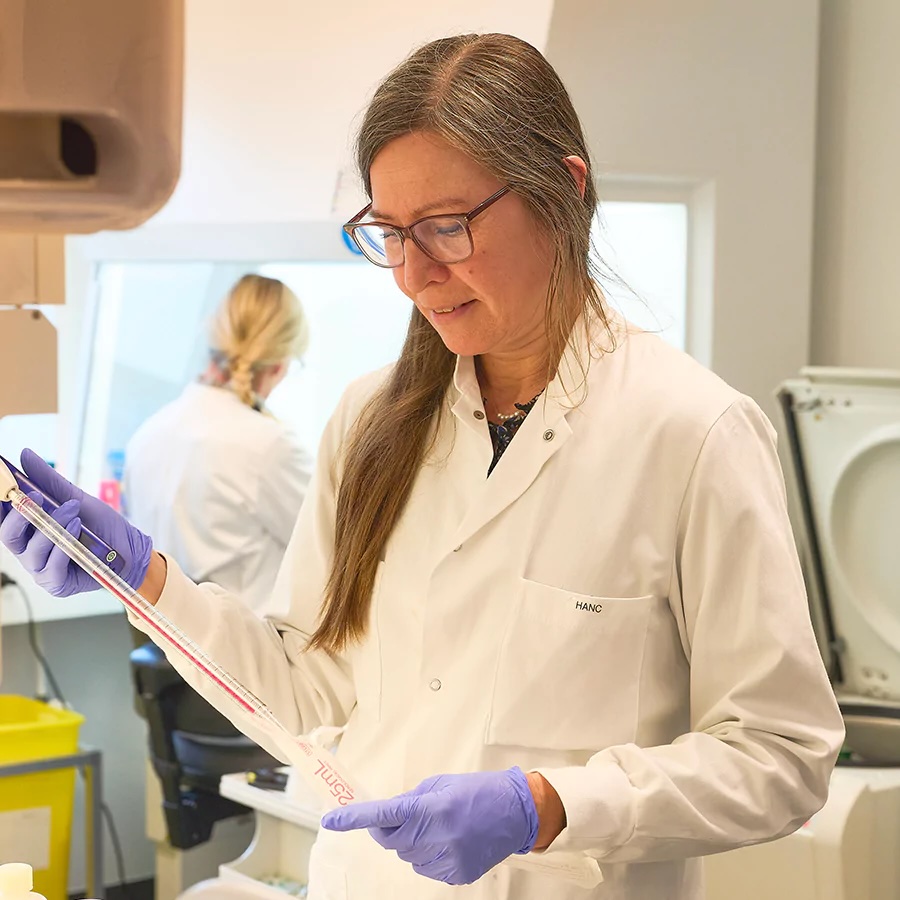Cancer
To meet the medical needs of patients, we have made oncology one of our priorities.

THERAPEUTIC AREAS
Listening to patients to provide them with the most effective solutions
We harness our expertise to provide patients with medicines in close to 140 countries. We focus our efforts on indications with significant medical need.
Involving patients enables us to design suitable therapeutic solutions in each of our three therapeutic areas.

We are a world leading pharmaceutical group in cardiometabolism and the treatment of venous diseases. In oncology, we aim at developing precision therapies with a transformative clinical benefit for cancer patients lives. We are also involved in neurology. To increase the pace of innovation oriented to meet patient needs, we champion collaboration and constant dialogue between those involved in health care in both the public and private sectors, it takes an open and collaborative approach, working with academic partners, pharmaceutical groups and biotech companies.
We put patients and innovation at the heart of everything we do. To meet their needs, we work with patients at every stage of the medicine life cycle—from research to appropriate use—before, during and after treatment.
We believe it is essential. For science. For patients.
Focus
29 medicines available to patients in close to 140 countries